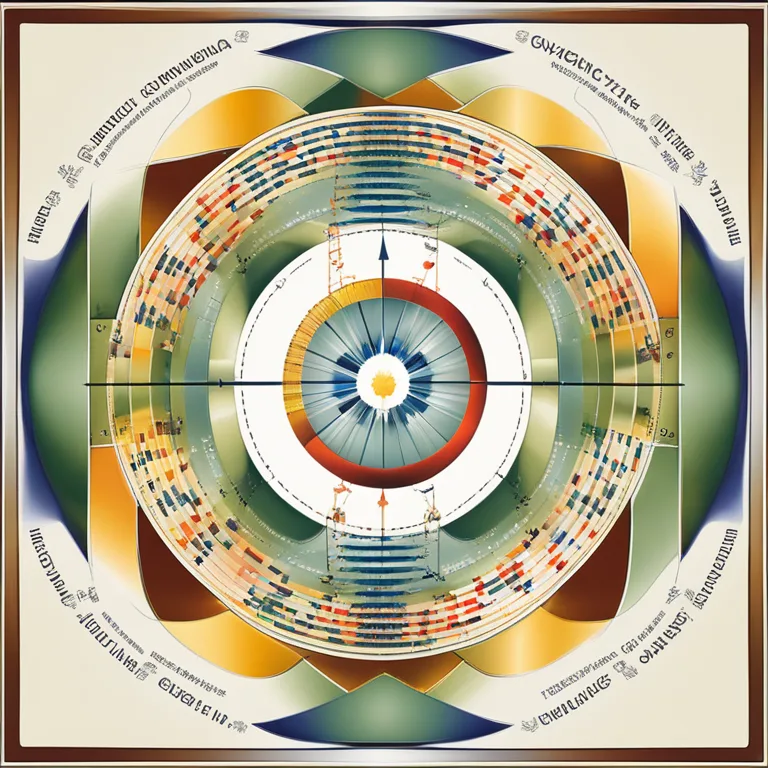
The Mechanics of Biorhythms
Discover the science behind biorhythms and learn how they could potentially influence your day-to-day life in this detailed guide.
article by Adrian Wallace
Introduction to Biorhythms
Understanding how biorhythms work is diving into a fascinating concept where biology meets rhythm. Originating in the 19th century, this idea suggests that our lives are influenced by natural physiological cycles. These cycles are thought to affect our physical, emotional, and intellectual well-being. Biorhythms theory divides these cycles into distinct patterns, with each following a particular sine wave of highs and lows that purportedly sync with our body's natural rhythms. Although not supported by mainstream science, biorhythm enthusiasts believe in tailoring their activities to these cycles for optimized performance and well-being.

Physical Biorhythm Cycle
Let's start with the Physical cycle, which is said to last about 23 days. It is considered to govern aspects such as strength, coordination, and overall physical stamina. During the peak phase of this cycle, it is believed that one's physical capabilities are enhanced, suggesting it's a good time for demanding physical efforts or starting new workouts. Conversely, during the low phase, the body might feel more tired and less responsive, indicating a period for rest and recovery.

Emotional Biorhythm Cycle
Following the physical is the Emotional cycle, spanning approximately 28 days. This cycle supposedly mirrors the moon's path and influences our emotional states—creativity, mood, and sociability. When the curve is at its highest, individuals might find themselves more outgoing and emotionally resilient, whereas the lows can lead to feelings of emotional instability or a need for solitude. This concept suggests timing important conversations or events around your emotional highs for better outcomes.

Intellectual Biorhythm Cycle
The Intellectual cycle, with a duration of about 33 days, is the one to watch for mental sharpness and cognitive functions. This is when, theoretically, decision-making, problem-solving, and concentration are at their best when the cycle is high. In contrast, during a downswing, it might be wise to avoid tasks requiring intense mental focus and, instead, engage in more routine, less demanding activities.

Calculating Your Biorhythms
To calculate your biorhythm cycles, you start with your birth date. With the advent of advanced biorhythm calculators and software as of 2024, it's easier than ever to plug in your date of birth and receive a detailed chart of your cycles. These modern tools may incorporate sophisticated algorithms and empirical data, providing a personalized guide. However, the effectiveness of this approach is still a subject of debate among scientists and skeptics.
The Critique and Consumer Caution
It's essential to understand that the scientific community does not widely endorse the concept of biorhythms and their impact on our daily functions. Numerous studies have failed to find conclusive evidence supporting the theory. As a result, while it might be interesting to analyze your biorhythms, it's crucial to approach the subject with a healthy skepticism and not rely on them for critical decision-making or as a substitute for medical advice.
Published: 12/28/2023
Modified: 12/28/2023
More predictions
Come back here soon to learn more about yourself and your future


Navigating Biorhythm Cycles
Explore the concept of biorhythms, their cycles, and examples of how they influence our daily lives.


The Reality Of Biorhythm Compatibility
Unravel the truth behind biorhythm compatibility and its role in personal relationships and daily life.


Unlocking Your Body's Natural Clock
Explore the intriguing world of biorhythms and discover how they influence your physical, emotional, and intellectual states.